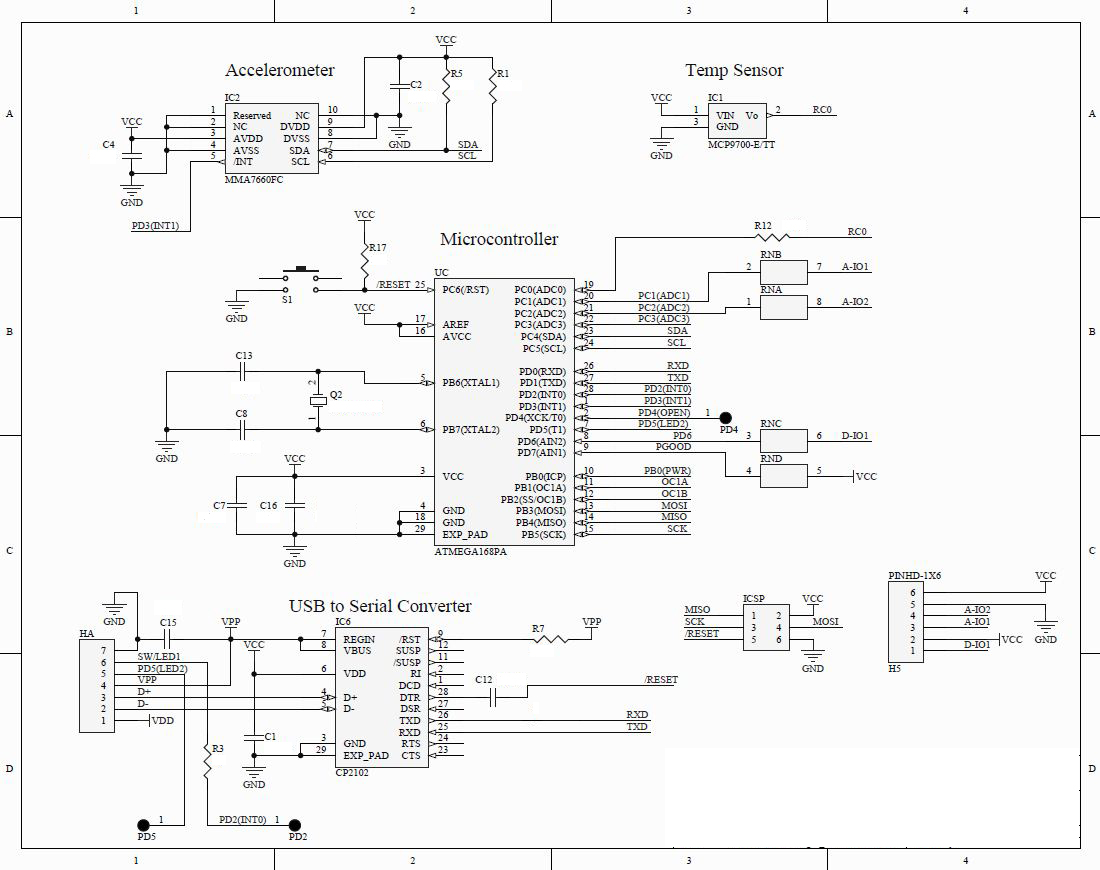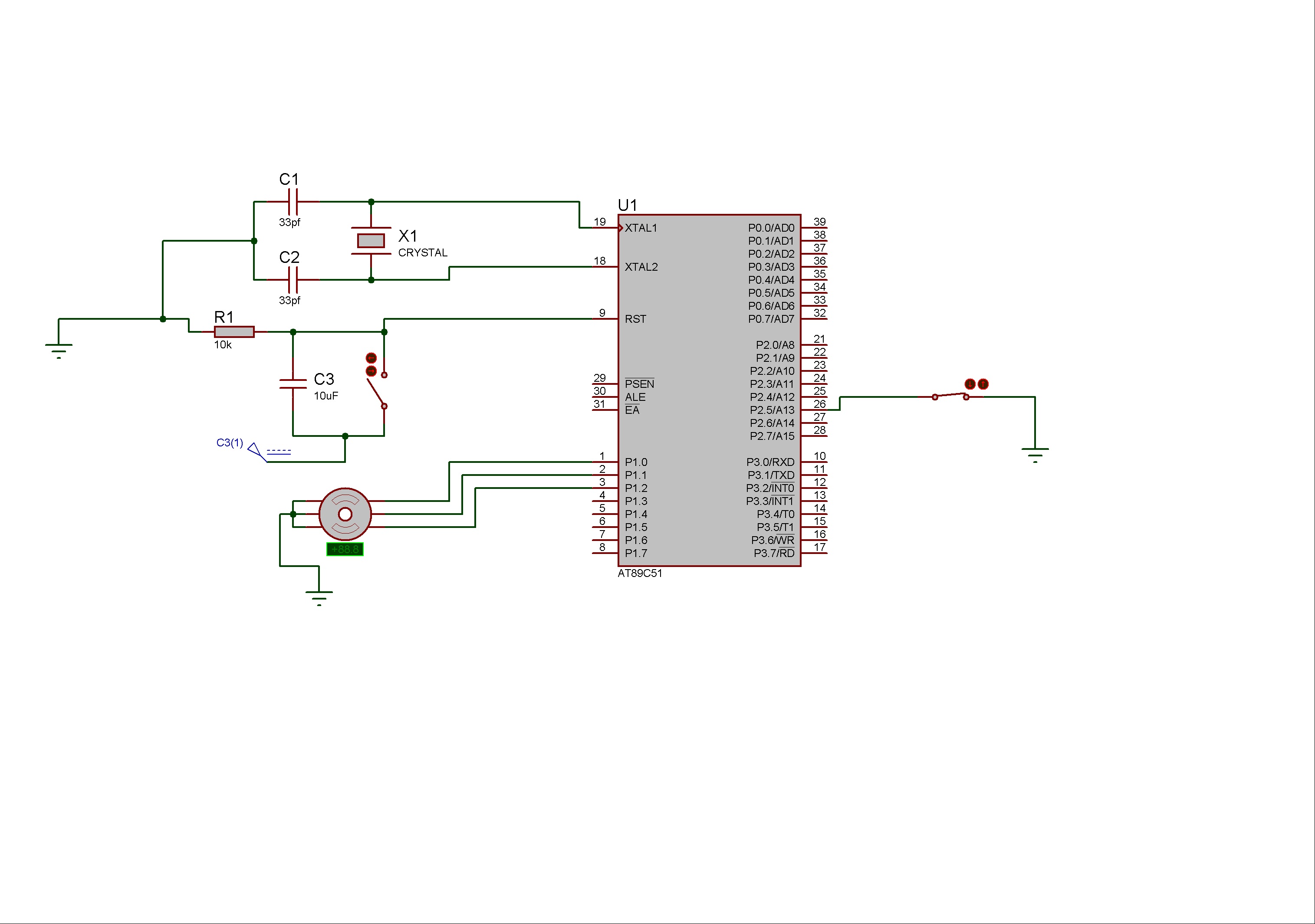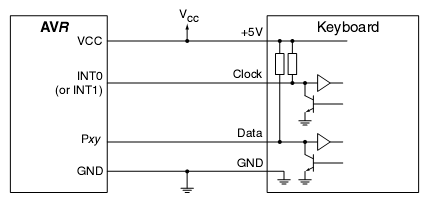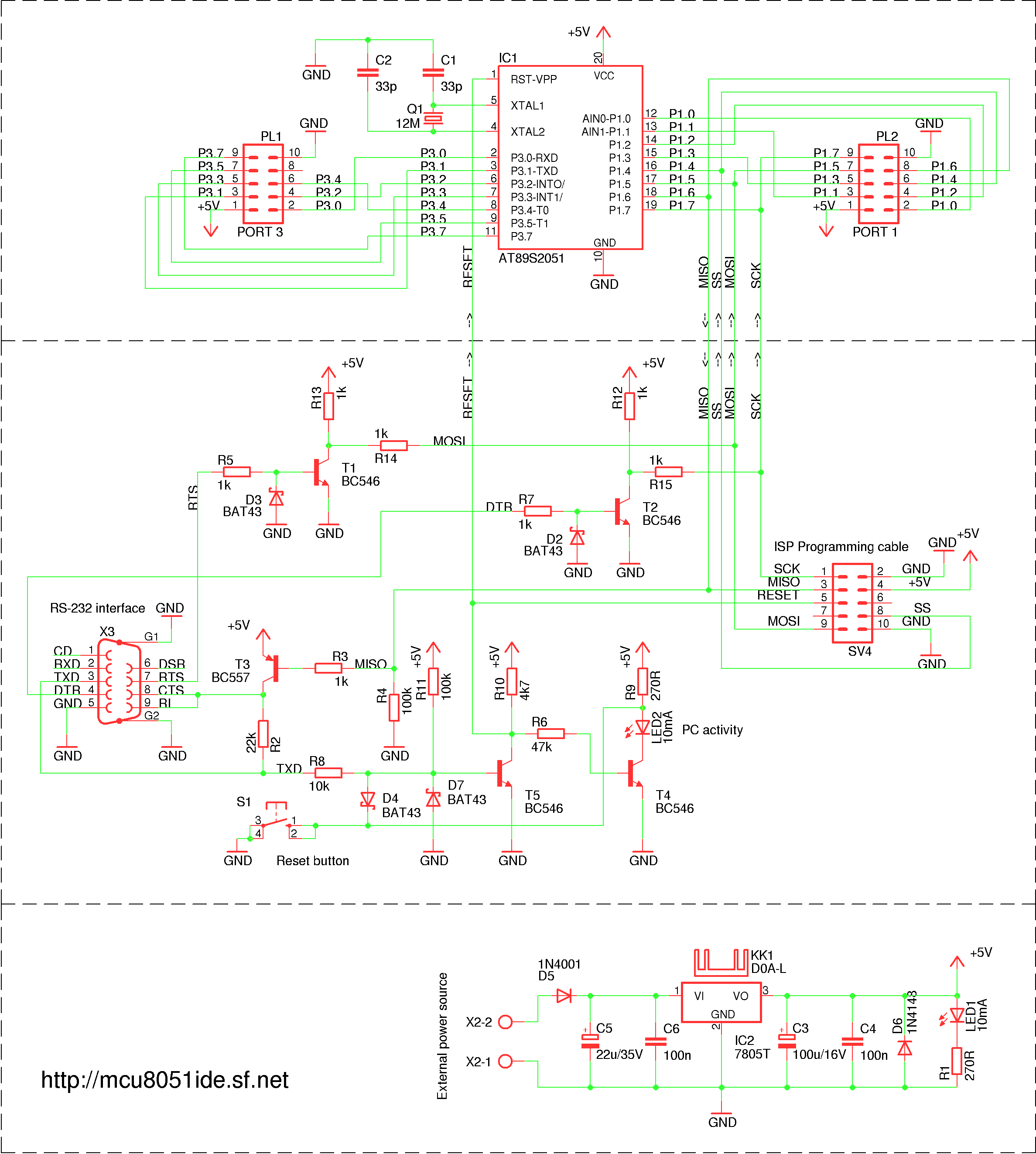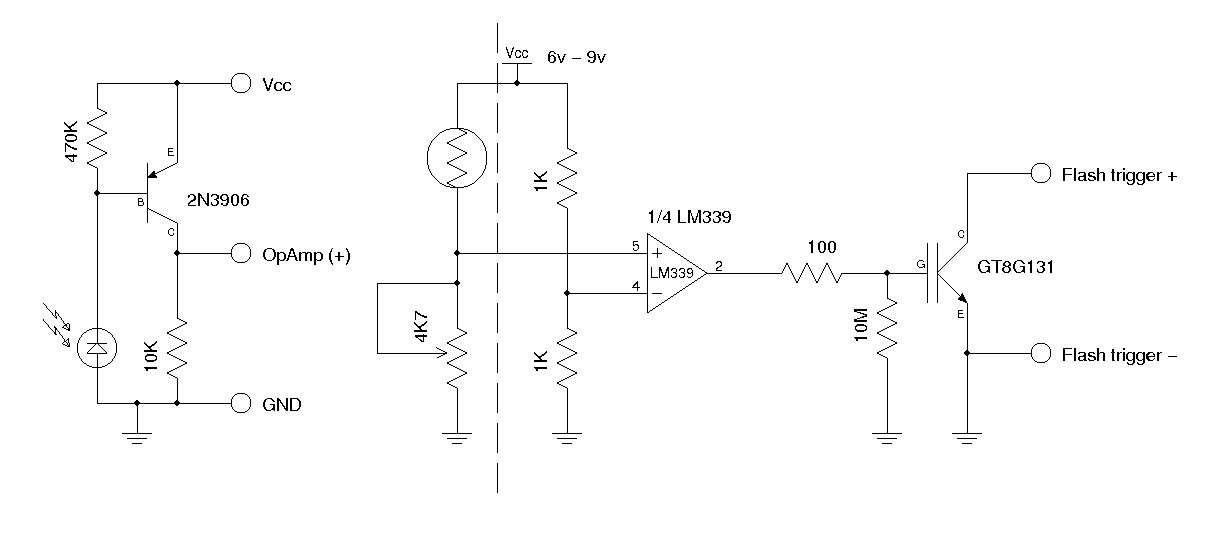
ISP Flash Microcontroller Programmer
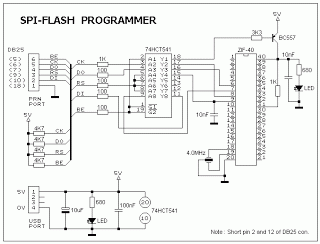
This ISP programmer can be utilized for in-system programming or as a standalone SPI programmer for Atmel ISP programmable devices. The programming interface is compatible with STK200 ISP programmer hardware, allowing users of STK200 to employ the software, which can program both the 8051 and AVR series devices. The circuit diagram of the in-system programmer interface is depicted in Figure 1. Power for the interface is supplied by the target system. The 74HCT541 IC isolates and buffers the parallel port signals. It is essential to use the HCT type IC to ensure compatibility with 3V type parallel ports.
The ISP programmer serves a dual purpose, functioning both as an in-system programmer and a standalone SPI programmer specifically designed for Atmel ISP programmable devices. Its compatibility with the STK200 ISP programmer hardware allows users to leverage existing software resources to program a range of devices, including those from the 8051 and AVR series.
The circuit diagram, referenced as Figure 1, illustrates the configuration of the in-system programmer interface. In this design, power is derived from the target system, which simplifies the setup and minimizes the need for additional power sources. This feature enhances the versatility of the programmer, making it suitable for various applications.
The inclusion of the 74HCT541 integrated circuit is a critical aspect of the design. This IC serves the dual functions of isolating and buffering the signals from the parallel port. The isolation protects the programmer and the target device from potential signal interference, while buffering ensures that the signals are adequately strengthened for reliable communication. The choice of the 74HCT541 is particularly significant, as it is designed to operate with both standard and low-voltage logic levels. Utilizing HCT type ICs is crucial in this context to maintain compatibility with 3V type parallel ports, thereby ensuring that the programmer can function correctly across a range of modern computing environments.
Overall, the described ISP programmer is a robust solution for programming Atmel devices, combining flexibility, compatibility, and reliability in its design.This ISP Programmer can be used either for in-system programming or as a stand-alone spi programmer for Atmel ISP programmable devices. The programming interface is compatible to STK200 ISP programmer hardware so the users of STK200 can also use the software which can program both the 8051 and AVR series devices.
Figure 1 shows the circuit diagram of the in-system programmer interface, the power to the interface is provided by the target system. The 74HCT541 ic isolate and buffer the parallel port signals. It is necessary to use the HCT type ic in order to make sure the programmer should also work with 3V type parallel port. 🔗 External reference
The ISP programmer serves a dual purpose, functioning both as an in-system programmer and a standalone SPI programmer specifically designed for Atmel ISP programmable devices. Its compatibility with the STK200 ISP programmer hardware allows users to leverage existing software resources to program a range of devices, including those from the 8051 and AVR series.
The circuit diagram, referenced as Figure 1, illustrates the configuration of the in-system programmer interface. In this design, power is derived from the target system, which simplifies the setup and minimizes the need for additional power sources. This feature enhances the versatility of the programmer, making it suitable for various applications.
The inclusion of the 74HCT541 integrated circuit is a critical aspect of the design. This IC serves the dual functions of isolating and buffering the signals from the parallel port. The isolation protects the programmer and the target device from potential signal interference, while buffering ensures that the signals are adequately strengthened for reliable communication. The choice of the 74HCT541 is particularly significant, as it is designed to operate with both standard and low-voltage logic levels. Utilizing HCT type ICs is crucial in this context to maintain compatibility with 3V type parallel ports, thereby ensuring that the programmer can function correctly across a range of modern computing environments.
Overall, the described ISP programmer is a robust solution for programming Atmel devices, combining flexibility, compatibility, and reliability in its design.This ISP Programmer can be used either for in-system programming or as a stand-alone spi programmer for Atmel ISP programmable devices. The programming interface is compatible to STK200 ISP programmer hardware so the users of STK200 can also use the software which can program both the 8051 and AVR series devices.
Figure 1 shows the circuit diagram of the in-system programmer interface, the power to the interface is provided by the target system. The 74HCT541 ic isolate and buffer the parallel port signals. It is necessary to use the HCT type ic in order to make sure the programmer should also work with 3V type parallel port. 🔗 External reference

